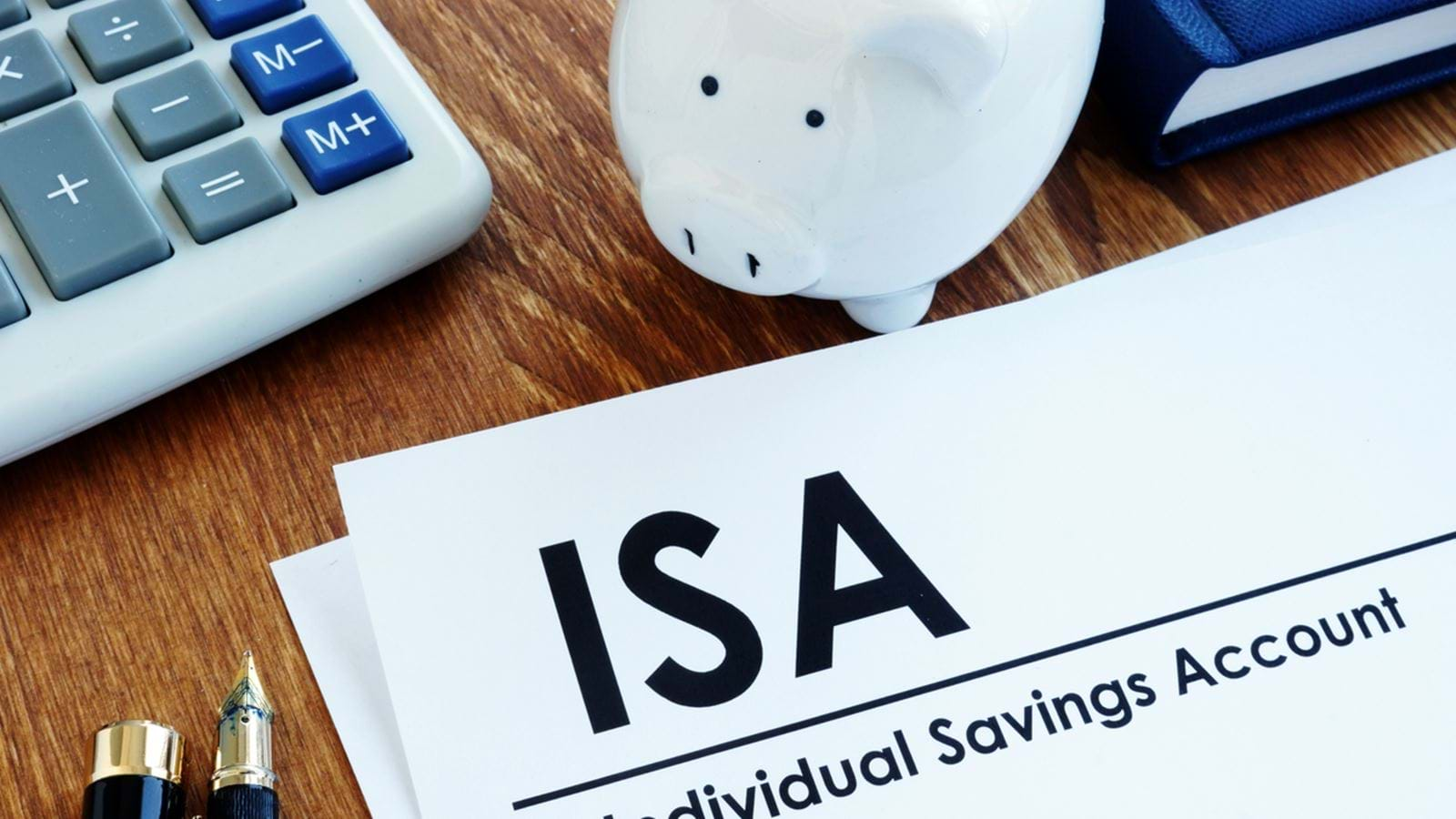A Definitive Guide to ISA types

ISA stands for Individual Savings Account, leading to the possible assumption that this is a place to store money and earn interest from it. Conversely, many people hear the term ISA crop up a lot when investing is being mentioned, and thus assume it’s a fund or financial product in and of itself.
In reality, it’s a wrapper in which you can put either your savings or investments inside. The ISA itself doesn’t pay you any interest, dividends, or profits, but rather the investments you make inside it do. The ISA is there to shield those investment profits from taxation. So, nothing that arises from the investment made inside this wrapper needs to be declared on a tax return, making it the single most important investing tool in the UK. No capital gains and no income tax - thank you UK government.
When investing, we can often get bogged down with portfolio details, diversification, and returns. What often goes overlooked is keeping costs down and tax minimisation.
ISA Rules and Limitations
Of course, there are some limitations to the wonders of the ISA. Here are the main two to be aware of, but each individual ISA may have its own limitations and rules.
£20,000 Limit
There is a limit to how much money we can put into an ISA in a given tax year: £20,000. Fortunately, there is no actual limit to the size of the ISA, so technically after 5 years, you may have £100,000 worth of money inside your ISA, plus any gains or profits. Even if they took away this £20,000 ISA law tomorrow, the money is already there and will always be sheltered.
It’s important to remember that the limits are concerned with the tax year (not the calendar year), so on the 6th of April, your contribution limit refreshes again back at £20,000. If you’re expecting to make more than £20,000 worth of savings and investments, you want to place the ones in the ISA that will save you the most tax. So, your £20,000 stocks investment will likely yield more profit than your £20,000 worth of bonds, so consider which will have the greater tax burden.
The Lifetime ISA, which we will discuss in a moment, has a lower contribution limit of £4,000. And the Junior ISA has a £9,000 limit (for the child, not for the adult).
How many ISAs can we hold?
You are not allowed to pay into more than one ISA of the same type in a given tax year. However, this does not mean you can only hold one ISA. Much like the £20,000 limit, the rules here concern contributions inside a given tax year.
Furthermore, you can contribute to more than one ISA of different types, but the allowance must then be split. In other words, you can contribute £10,000 to a cash ISA and £10,000 to an S&S ISA, but your £20,000 limit has now been hit.
Types of ISAs
Below are the main ISAs that you need to know about.
Cash ISA
A Cash ISA is a very simple one: it’s a place to store cash and receive interest that is protected from taxation. Given the dire interest rates that current accounts often provide, banks tend to offer better savings rates for these Cash ISAs - sometimes with minimum contributions.
Who is it for?
Cash ISAs are ideal for people looking to store their emergency funds with relatively quick access. It’s also useful for people with near-term financial goals. So, those looking to put a deposit down for a house next year will want to keep cash instead of investing in stocks.
Stocks and Shares ISA
Often abbreviated to S&S ISA, this is a wrapper in which you place stock market investments into. So, a Vanguard Lifestrategy Fund or S&P 500 index investment. All investments made in here are protected from capital gains and income tax.
Investors do not pay any personal tax on income or gains. Tax treatment varies according to individual circumstances and is subject to change.
Who is it for?
Perfect for those involved with long-term investing.
Lifetime ISA
A Lifetime ISA is fairly new, and it is only available to 18-40-year-olds. It only has a £4,000 annual contribution limit, but the government gives a 25% bonus to whatever you have contributed that year (paid monthly). There is a 25% penalty for amounts withdrawn unless the funds are used for a house purchase or retirement.
You will incur a lifetime ISA government withdrawal charge (currently 25%) if you transfer the funds to a different ISA or withdraw the funds before age 60 and you may therefore get back less than you paid into a lifetime ISA.
By saving in a lifetime ISA instead of enrolling in, or contributing to an auto-enrolment pension scheme, occupational pension scheme, or personal pension scheme:
(i) you may lose the benefit of contributions from your employer (if any) to that scheme; and
(ii) your current and future entitlement to means tested benefits (if any) may be affected.
Who is it for?
This is for those who are buying a home or are going into retirement. It’s important to consider the 25% bonus for year 1s contribution is great when looking at it from the perspective of year 2, but if the money sits here for say, 7 years, this money is no longer growing and the annualized “profit” diminishes. So, this is ideal for short-term financial planning or very safe clients.
Junior ISA
A Junior ISA is intended for those looking to secure their children’s financial future and invest for them at an early age. There is both a Stocks and Shares version to choose from or a Cash version.
Who is it for?
Parents looking to allocate investments specifically for their children so they don’t become muddled with their own. Not only does this give a clear figure of what their children have, but it teaches them about long-term financial planning which is important once they take control of this money. After all, we’re striving for wealth, not riches.
Innovative Finance ISA
Finally, there is the Innovative Finance ISA - perhaps the least well-known of the lot. This is a way to lend money to businesses and individuals but keep that interest sheltered from tax. These are considered high-risk and intended for slightly more knowledgeable or experienced investors.
Who is it for?
Those looking to take more risk with peer-to-peer lending and shelter their interest income from tax.
For bespoke guidance on which ISAs are best suited to your situation, get in touch with a Moneytree Wealth Management advisor. Moneytree Wealth Management provides expert advice and guidance on growing wealth and income through tax minimisation and efficient financial planning.
The value of investments and the income they produce can fall as well as rise. You may get back less than you invested.

Need some help?
Talk to our experts today
